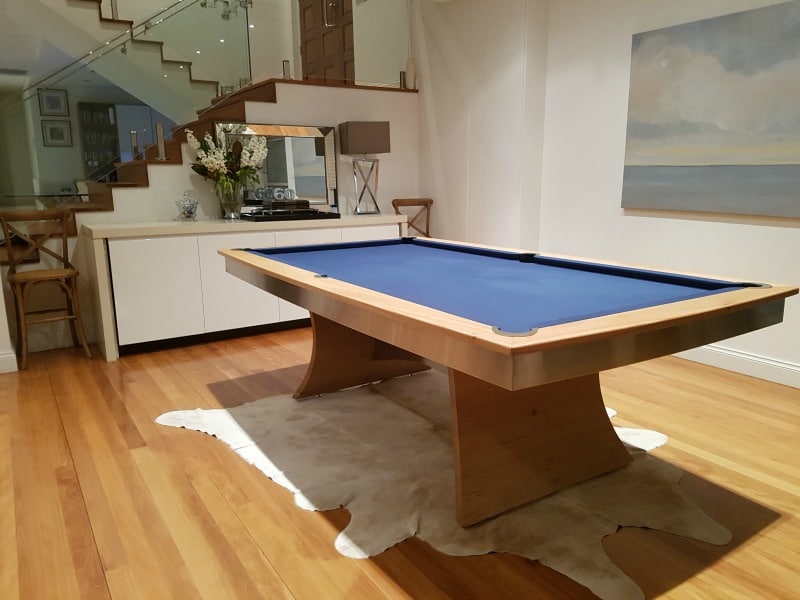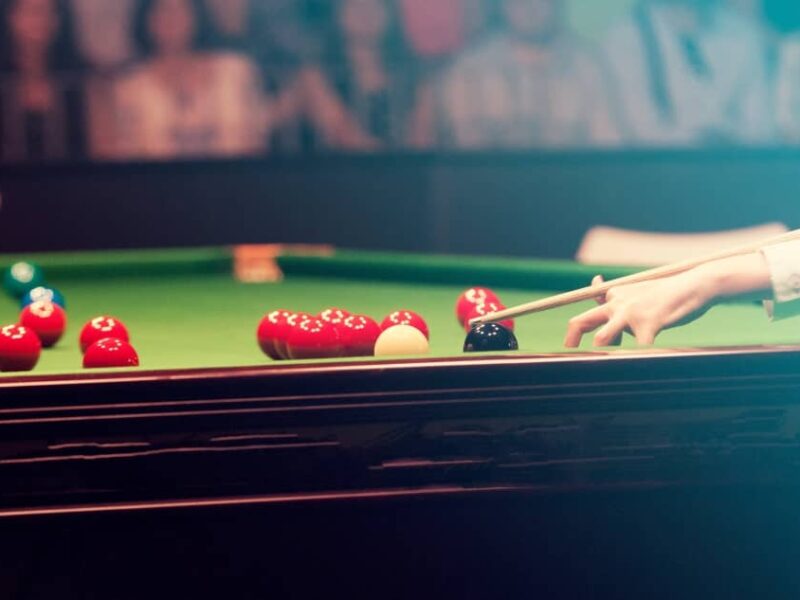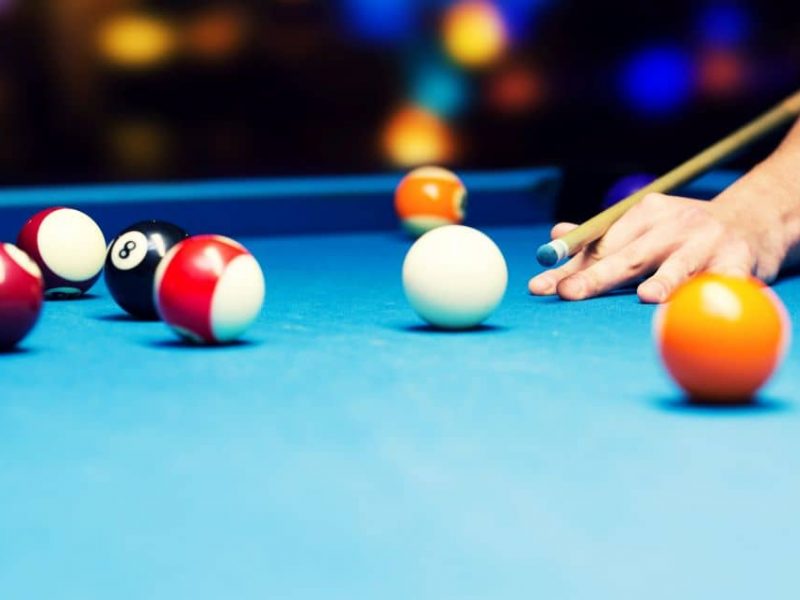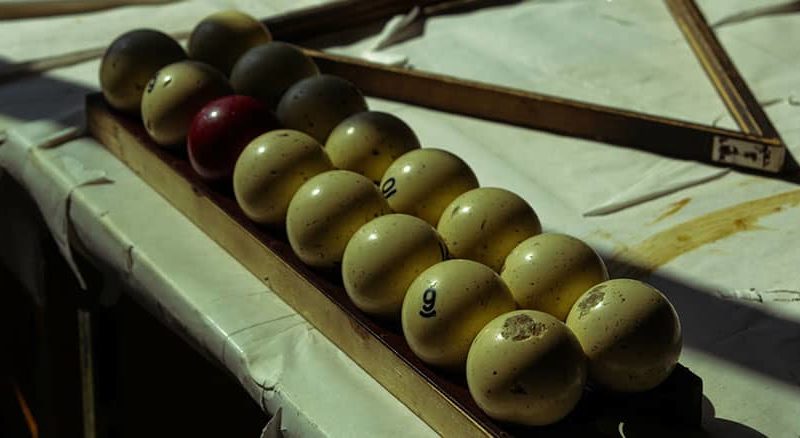
Billiards and Snooker Historical Background
Billiards and Snooker Basics

Billiards Historical Background
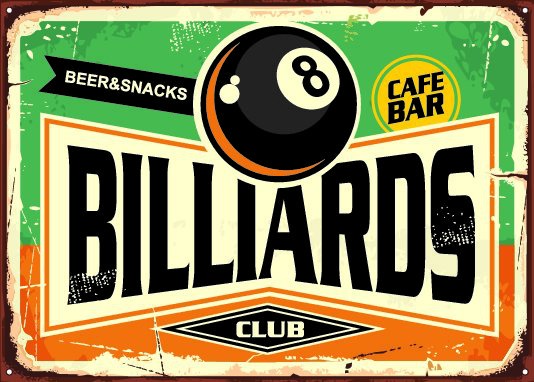
People frequently associate billiards of the past with stories that involve individuals who had high positions in society. They often link the game to royalty. People have referred to it as being “The Noble Game of Billiards” for centuries now. Despite that, it’s been enjoyed by all kinds of individuals throughout the years and it has been enjoyed by people from all kinds of economic classifications. Most people were already extremely well-versed in the game by the time the seventeenth century rolled around. Legendary British playwright and poet William Shakespeare gave the game reference in his tragedy that was known as “Antony and Cleopatra”.

This game, interestingly enough, has been the subject of intense fascination at certain points in the past. Billiards as the Civil War was going on actually got more press than war stories did. People who played billiards were so famed that they were actually in some cases the subjects of cigarette cards.
Billiard cloths are true signatures of the pastime. The primary element of these cloths has been pretty consistent since day one as well. Wool was the material that was employed for all cloth production purposes back in the sixteenth century. It’s still the material that billiard cloths manufacturers opt for time and time again, too. Wool has been an unwavering staple in the billiard universe for more than four centuries. The material has naturally experienced a bit of tweaking and adjustment. There have even been some mixes with both nylon and wool.
Snooker Historical Background
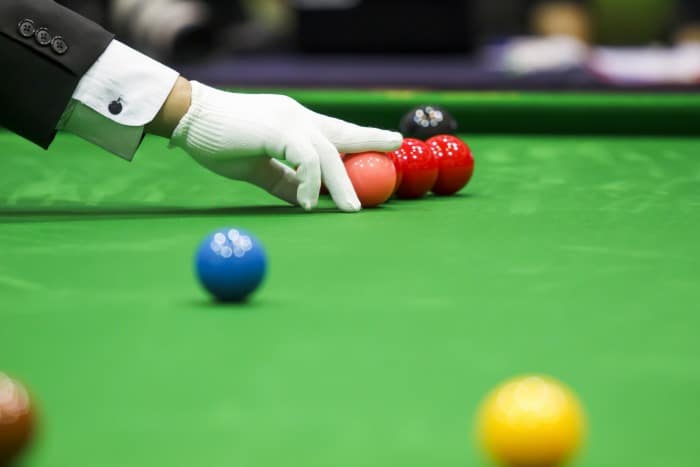

There was a tournament for snooker players who weren’t professionals back in times of world war one. Nothing of this sort had ever taken place before. The ins and outs of snooker as a game came to fruition around 1919 or so. The re-spotted black became part of the mix at that time. The aim behind this was to guarantee that all frames could reap the rewards of winners.
Joe Davis was without a doubt a pioneer in the world of snooker. He was part of the launching of the debut Professional World Championship for the game toward the end of the 1920’s. He took the top prize in the championship game in 1927. It was among the most beloved cue sports around all throughout the 1930’s. Davis was still an indomitable force throughout that phase in the game. He managed to land all of the World Championship titles seemingly with ease. He decided to exit the game in the middle of the 1940’s. People appeared to lose a bit of interest in snooker for a span of time. The world championships ceased to take place from 1958 all the way into 1963. Snooker thankfully was back on the map at the end of the sixties, though.
Snooker was able to maintain many fans in the nineties. The decade delivered a crop of exciting new snooker talents as well. One remarkable snooker player of the time was known as Stephen Hendry. He was a native of Scotland living in the United Kingdom. He was a powerhouse in snooker for a significant portion of time in the nineties. Hendry was even able to beat many prominent snooker players’ older records. There are still many individuals all around the globe who revel in snooker to this day. This game has a background that’s highly impressive and varied. It doesn’t appear to be going anywhere in the near future, either. International snooker enthusiasts abound.
Another Proud Owner of a Quedos Table

A striking 8ft. Aurora, crafted entirely from the very best Western Australian Blackbutt, was recently installed in a beautiful residence on the waterfront in Sans Souci – just in time to be the centrepiece of a large birthday celebration.
In the words of the proud owner:
“The table is fantastic and was a huge hit at the party😊.
Thanks again, we love the table”.
Sans Souci is a coastal southern Sydney suburb. Did you know that Sans Souci is a French term meaning “without care” or, in Australian terminology, “no worries”?
You too can purchase a worry-free Quedos pool table that comes with a lifetime warranty on the slate and timber (terms and conditions apply).



